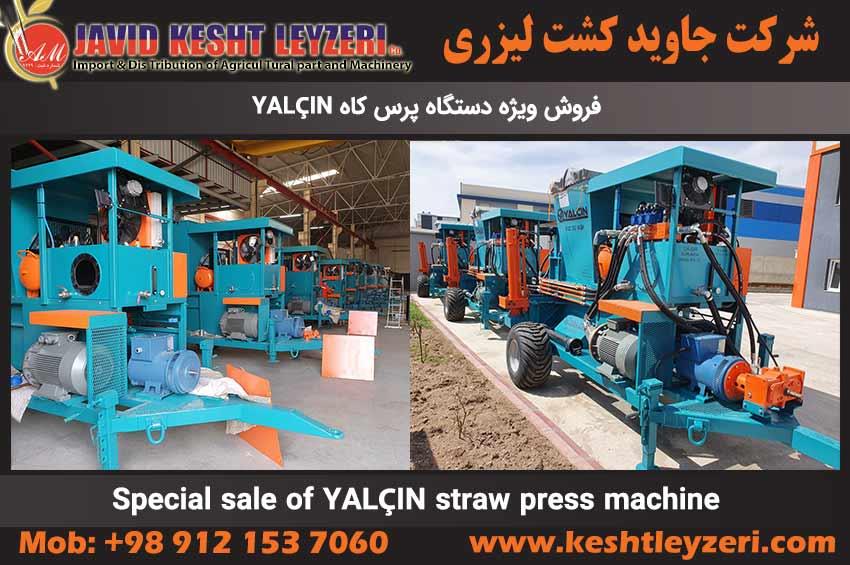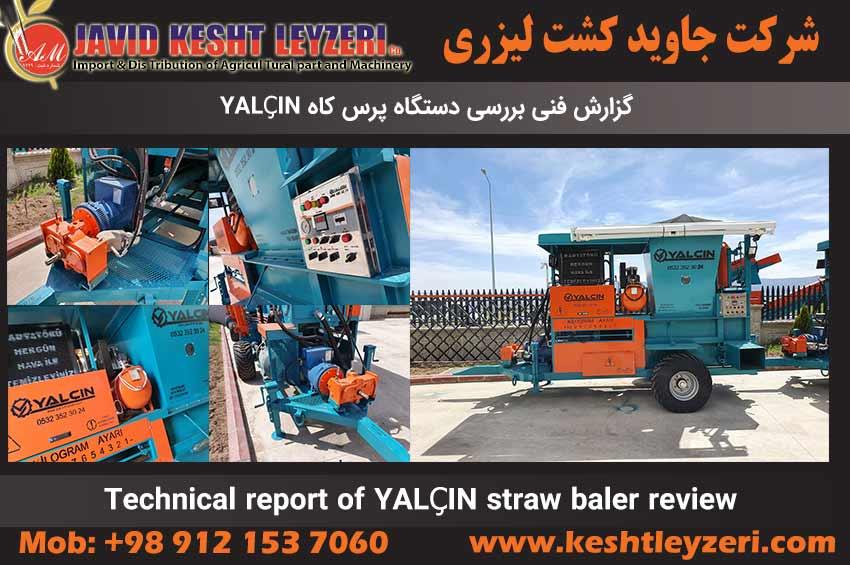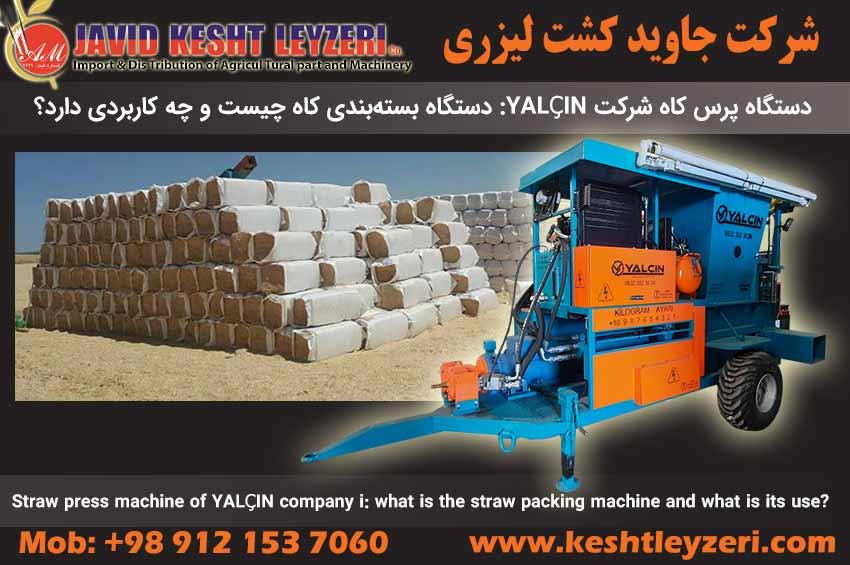
All kinds of fodder silage
javid keshtleyzeri Co.ltd
Canning factory silage - Canning factory silage
- Covering or pods of cobs, cob wood and unwanted seeds of sweet corn and scraps of peas, pears, etc., which are not suitable for canning or compote or canning, but can be used as animal feed and can be fed to animals in silage form. .
Peavine silage
- Silage prepared from chickpea canning waste, which includes chickpea pods and ivy. This silage has a pungent smell, but it is very nutritious for dairy and beef cattle and sheep.
"Silage-ensilage"
Fodder stored in an airless atmosphere (oxygen) and under anaerobic fermentation conditions in order to use it to feed livestock in future seasons. Silage of different forages is one of the most important types of food consumed in livestock farms.
This type of feed is due to the anaerobic fermentation that is done in the fodder, and as a result of these fermentations, volatile fatty acids from silage are introduced into the produced milk and cause a change in the natural taste of the milk. For this reason, they usually postpone feeding cows with fodder silage until after they are milked.
"Acidified silage"
- It is silage to which acid has been added so that it can be stored and preserved better; For example, phosphoric acid, sulfuric acid, hydrochloric acid or a combination of sulfuric acid and hydrochloric acid.
"Corn silage, corn silage"
- A kind of excellent animal feed that is obtained by cutting, chopping the whole corn plant and making it silage. The stage of harvesting corn for silage is when the plant is still green, but the seeds have started to shrivel.
Corn silage is the most famous and most energetic forage silage that, when it is used together with alfalfa in feeding ruminants, especially if both are well prepared, it provides an important part of the nutritional needs of productive animals, dairy cows. The best and highest quality silage can be prepared from the corn plant, which is capable of extracting a lot of energy (more than other forages), especially with seeds.
"Silage, ensilage"
- Any green fodder that is crushed and stored in an anaerobic environment; That is, vertical, horizontal, pit silage, etc., should be kept or stored as a result of anaerobic fermentation. If the silage conditions are available (proper humidity, anaerobic environment, sufficient energy substances in fodder), silage can be prepared from any type of vegetable.
Corn stover silage is called corn stover silage.
Ensilage blower, Ensilage blower
- It is a part of the chopper device that throws the chopped fodder out of the chopper. This device consists of an auger or hose-like metal conduit, and a powerful fan. Usually, when harvesting fodder for silage, a chopper that is pulled by a tractor and gets power from it moves with a trailer or a truck or a fodder transport wagon in the vicinity of the field, and the chopped fodder enters the fodder trailer through the chopper conveyor. becomes
Grass silage »
- Silage prepared from forage plants of wheat and legumes families or their mixture. Terms such as alfalfa silage, clover silage, and alfalfa-timothy silage should be used wherever they are used. Sylvia Grass is not used for these words alone.
"High moisture silage"
- Silage containing 70% or more moisture.
"Legume silage"
- They are plants; For example, alfalfa, clover and soybeans, which make good silage, especially if they are mixed with grasses of the wheat family and placed in the silo building in the right conditions.
"Low moisture silage"
- Silage fodder with 35 to 55% moisture.
Molasses silage
- Ensiled fodder to which a certain amount of molasses has been added for the purpose of proper fermentation, increasing easily digestible carbohydrates and increasing palatability.
It is called musilage like.
"Phosphoric acid silage"
- Ensiled fodder to which a small amount of phosphoric acid has been added. It has been claimed that the addition of phosphoric acid to fodder during ensiling preserves nutrients and the green color of fodder, as well as increases the phosphorus that can be used in silage.
"Preservative-silage"
- Substances that are added to fodder during ensiling to accelerate the acidification process, which is necessary for silage preservation.
"Silage"
- Fodder stored in an atmosphere without air (oxygen) and under anaerobic fermentation conditions.
To prepare high-quality silage, the following steps must be taken:
1. Suitable humidity for fodder (70-60%)
2. Chopping forage with a chopper during harvest or before pouring on the silo surface
3. Proper crushing of chopped fodder
4. Throwing wide plastic over the entire surface of the beaten forage
5. Placing heavy objects as much as possible on the entire surface of the plastic (old car tires, etc.) to prevent air from entering the silage
6. Wait for 1 to 2 months before starting to use silage for proper fermentation.
In order to prepare high-quality silage, in addition to the above conditions, the fodder must contain enough energy. Otherwise, you should take energy supplements; For example, molasses or grain flour should be added to it for proper fermentation.
"Silage additive"
- Materials that are added to forage during ensiling to help protect or the nutritional value of the final silage.
Silage cart, Silage cart
- A 2 to 3 wheeled hand cart that is used to transport silage from the silo building to the manger.
"Silage crops, Silage crop"
- Each type of product that is planted and harvested to prepare silage; For example, silage corn, sorghum, alfalfa, clover, sunflower, small grains, leguminous fodder, etc., which are harvested green (60-70% moisture) and ensiled.
Silage cutter is called silage cutter.
Silage fork
- A fork-like device with which the silage is poured into the wagon, silo cart or trailer, or at the foot of the manger, the silage is spread into the manger.
"Silage harvester"
- A harvester machine that harvests and chops fodder corn in the field and the chopped corn is lifted up by a hose pipe and dumped into a truck or trailer that moves next to the machine.
"Silage preservative"
- Materials that are added to ensiling materials during ensiling to accelerate useful fermentations.
"Sorghum silage"
- Silage prepared from sweet sorghum and grains when their seeds are hard and ripe. The nutritional value of this silage is lower than silage corn.
"Soybean silage"
- Chopped and fermented soybean plant that is suitable for feeding cattle and sheep. Soybean plant is usually rarely ensiled alone, but it is ensiled together with corn.
Stack silage
- A method of keeping chopped green fodder (fodder ensiling) in which chopped green fodder is poured on the surface of the ground, beaten and covered. This method is widely used in Europe.
"Sunflower silage"
- Silage prepared from the sunflower plant when the flowers have just started to appear. Usually, in places where the day length is short and cold in the appropriate season, and it is not suitable for corn, sunflower and its palatability is a little less than corn silage.
"Ensilage Storage"
The act of storing (sorghum or grain in a silo or pit that keeps it fresh)
The photo below is a mixture of molasses and bagasse, which is also called cartridge bagasse.






